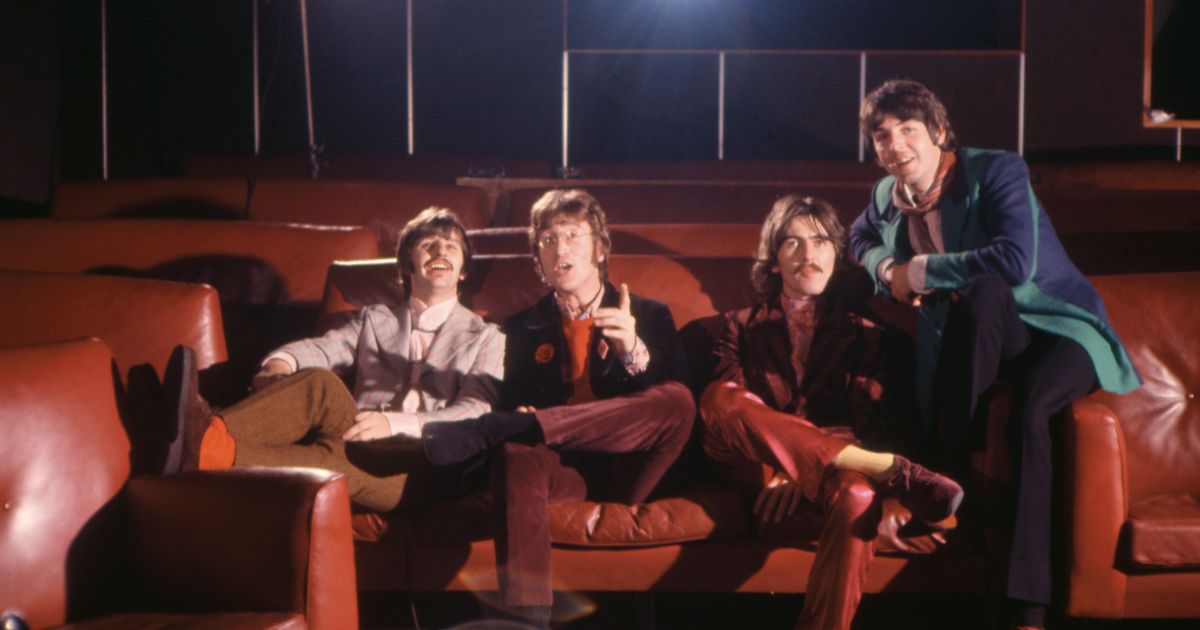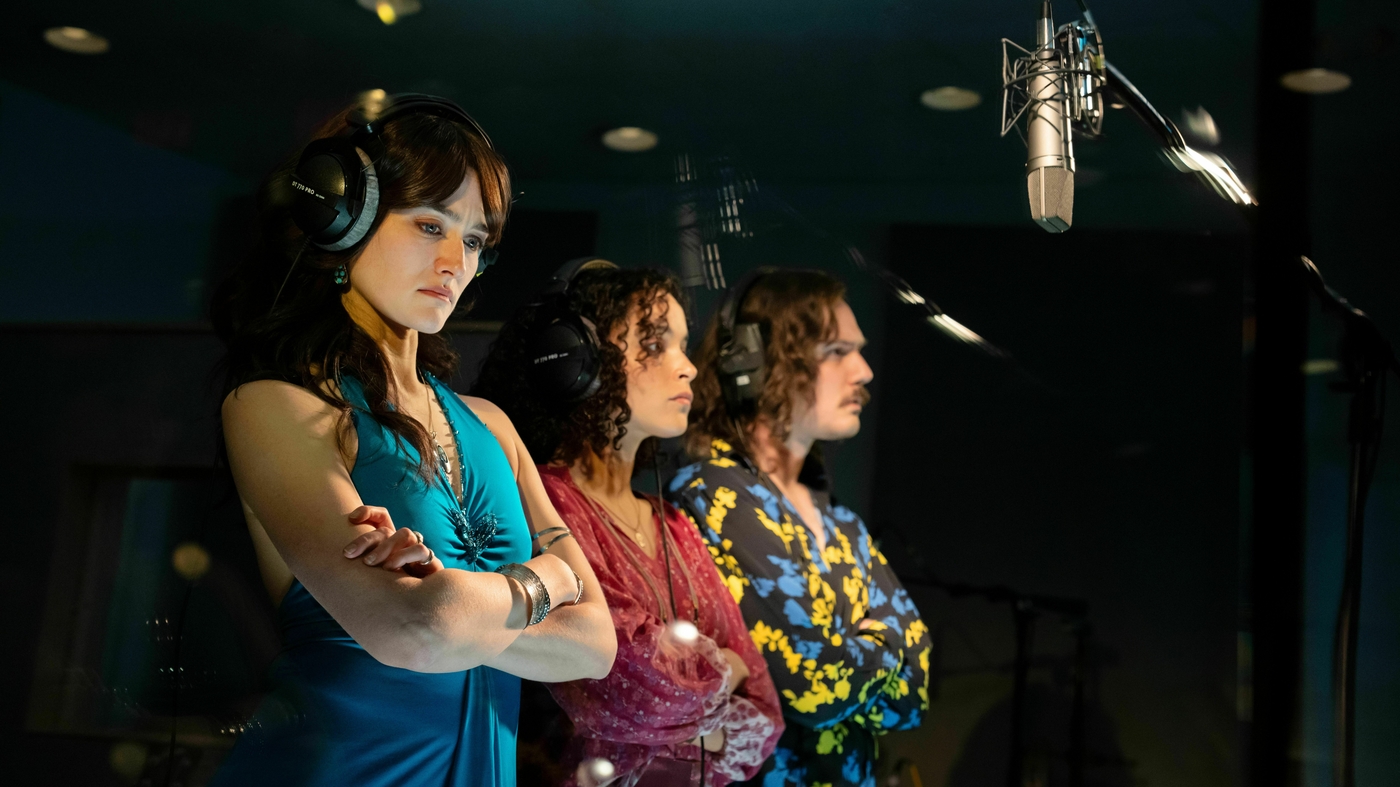
Lou Reed’s ‘Words & Music, May 1965’ Is a Fascinating Snapshot of the Embryonic Velvet Underground: Album Review
Considering their short lifespan and relatively slim discography, the Velvet Underground may be the most thoroughly excavated and documented rock band of their era: Nearly every studio and concert recording, acetate and demo has been scrutinized, digitized and optimized for the many awesome boxed sets that have been released since the world caught up with the group’s brilliance in the 1980s, a dozen-odd years after they split up. The foundation of that brilliance, of course, is Lou Reed’s songwriting, which combines a novelist’s gritty realism with equally confrontational rock music, but also includes soft, vulnerable songs like “Pale Blue Eyes” and “I’ll Be Your Mirror” — songs that are all the more poignant because you can sense, somehow, that the sensitive soul who wrote them is also kind of an asshole.
Considering that Reed left the group 52 years ago and died in 2013, new finds have been rare. But after his archives were given to the New York Public Library, researchers Don Fleming and Jason Stern found a blockbuster hiding in the artist’s CD collection: A five-inch reel-to-reel tape from 1965 featuring Reed and Velvets cofounder John Cale, both 23 years old at the time, singing 11 Reed originals, including dramatically different versions of several of the world-changing tracks featured on one of the most influential albums in rock history, 1967’s “The Velvet Underground and Nico.” Reed had mailed the tape to himself as a “poor man’s copyright” — the postmark (May 11, 1965) would serve as proof of the date of the recordings — but never opened it.
To be clear, these are not professional recordings; they’re loose versions of the songs sung into a cheap recorder, and consist of Reed on lead vocals, acoustic guitar and harmonica while Cale sings harmony (lead on one song) and occasionally bangs on things; there are bum notes, laughter and mistakes.
But in the Velvets canon, their historical significance is vast: These are the earliest known versions of three of the Velvets’ all-time classics, recorded around six months before the group formed, and represent a fascinating early document of just how much those songs changed before the world heard them.
To wit: While fully formed, “Waiting for the Man” (presented in two different versions) is almost a blues song, with a lazy harmony vocal and none of the amphetamine drive of the classic “Velvet Underground and Nico” version. “Heroin” is driven by a folky strum and features a hurried vocal on the “When the blood begins to flow” section rather than the familiar version’s opiate haze; it also begins with the line “I know just where I’m going,” a fairly significant shift from the usual opening, “I don’t know just where I’m going.” On the other hand, “Pale Blue Eyes” has almost completely different lyrics (Reed changed them several times before and after the song was released in 1969) but is otherwise is largely the same.
Less memorable tracks include the folky “Men of Good Fortune” — a completely different song from one with the same title Reed released on “Berlin” in 1973 — and a pair of ‘50s-style songs: “Too Late,” which is somewhat reminiscent of Velvets tracks like “I Found a Reason” (and also features one of his ambitiously incongruous middle sections), and “Buttercup Song,” a corny country ditty that recalls the Beatles’ “Baby’s in Black” and has a strange spoken section featuring Reed speaking in a couple of different accents. “Stockpile” is basically a knock-off of the Rufus Thomas classic “Walkin’ the Dog.”
But the outlier here is “Wrap Your Troubles in Dreams,” later covered by Nico on her debut solo album “Chelsea Girl,” which has a slow rhythm and a vocal by Cale that foreshadows some of Reed’s later, stranger songs with the Velvets and shows the range of his songwriting even at that early age — it sounds like nothing else in this collection.
The remaining songs, mostly recorded in 1963 and ’64, include a take on Dylan’s “Don’t Think Twice” and the traditional “Michael Row the Boat Ashore”; they’re brief and dashed-off, ending abruptly or with murmured vocals. There’s also a doo-wop serenade, “Gee Whiz,” recorded in 1958 when Reed was just 16.
Billed as “the inaugural title in the ongoing Lou Reed Archival Series,” the album is released on the mighty Light in the Attic Records and, as is their custom, it is available in multiple different configurations, many of them elaborate (more on that here). A sprawling array of items from Reed’s archives can be seen at the fascinating — and free — exhibit, “Lou Reed: Caught Between the Twisted Stars” (more on that here) which is at the New York Public Library for the Performing Arts until March of next year. Overseen and authorized by Reed’s wife, Laurie Anderson, all of these items finds his work being treated with the respect and reverence that fans — and, presumably, the man himself — always thought they have deserved.










































































